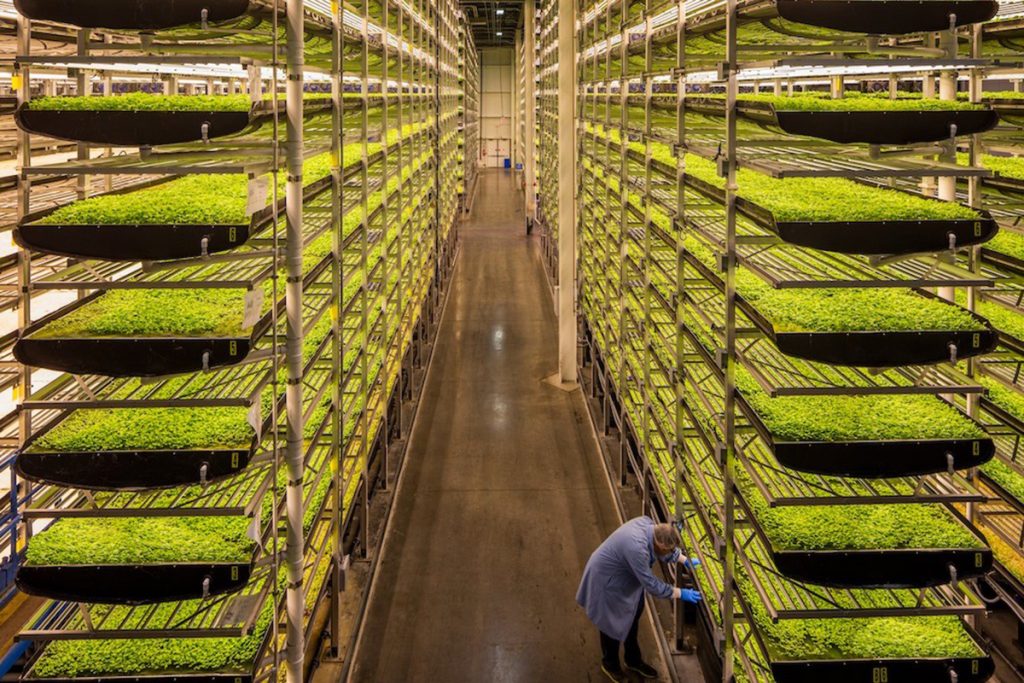What to Consider When Choosing the Best LED Grow Lights
The following sections detail some of the most important qualities to keep in mind when shopping for the best LED grow lights for your needs.
Light Spectrum
Natural sunlight features all the colors on the electromagnetic spectrum. Some LED lights can reproduce only certain color frequencies, while full-spectrum white LED lights produce all the hues necessary for every stage of the growing process.
- Blue light helps plants grow in the earliest stages of their lives. It’s the first color that plants can absorb in their vegetative state.
- Purple light is also used in the vegetative state; however, it’s not as effective for photosynthesis as blue light.
- Red light helps in the latter stages of growing and is essential for buds to flower.
- White light encompasses all the colors of the spectrum. Used alone, it can be effective for every developmental stage.

Power
It’s a bit difficult to compare LED grow lights because manufacturers use a variety of metrics to measure the power of their lights and the amount of light they emit. The brightness of LED lights is measured in lumens. Seedlings require approximately 2,000 lumens per square foot to thrive, while flowering plants may need as much as 10,000 lumens.
While lumens measure visible light, biologists often use photosynthetic photon flux (PPF) or photosynthetic photon flux density (PPFD) to measure light intensity in terms of the light that plants will actually absorb. PPF is measured in μmol/second, which is the amount of photons of light emitted every second. PPFD is measured in μmol/m2/s and measures the density of light distributed per square meter per second. The higher the PPF and PPFD, the more effective the light should be.
To establish how much electricity a light uses, look for its “actual power draw” or “actual power consumption.” This is measured in watts and gives a good indication of the light’s power. Bulb wattage is not a good indicator because LEDs are designed to be energy-efficient.
Heat Output
One of the risks when using a grow light is that the heat emitted by the bulbs can damage your plants. However, LED lights give off very little heat relative to the amount of light they produce. But they do produce some heat, so many models are equipped with built-in cooling systems to ensure proper temperature regulation.
Some LED lights have aluminum heat sinks, and others come equipped with fans. A unit with a fan might be loud, so factor noise level into your choice when selecting a grow light.

Connecting
Many LED grow lights are designed to link to other units to cover larger areas, which is typically referred to as “daisy chain connectivity.” Products with this capability simply plug into each other and then plug into one outlet, which minimizes the number of cords required for setup.



